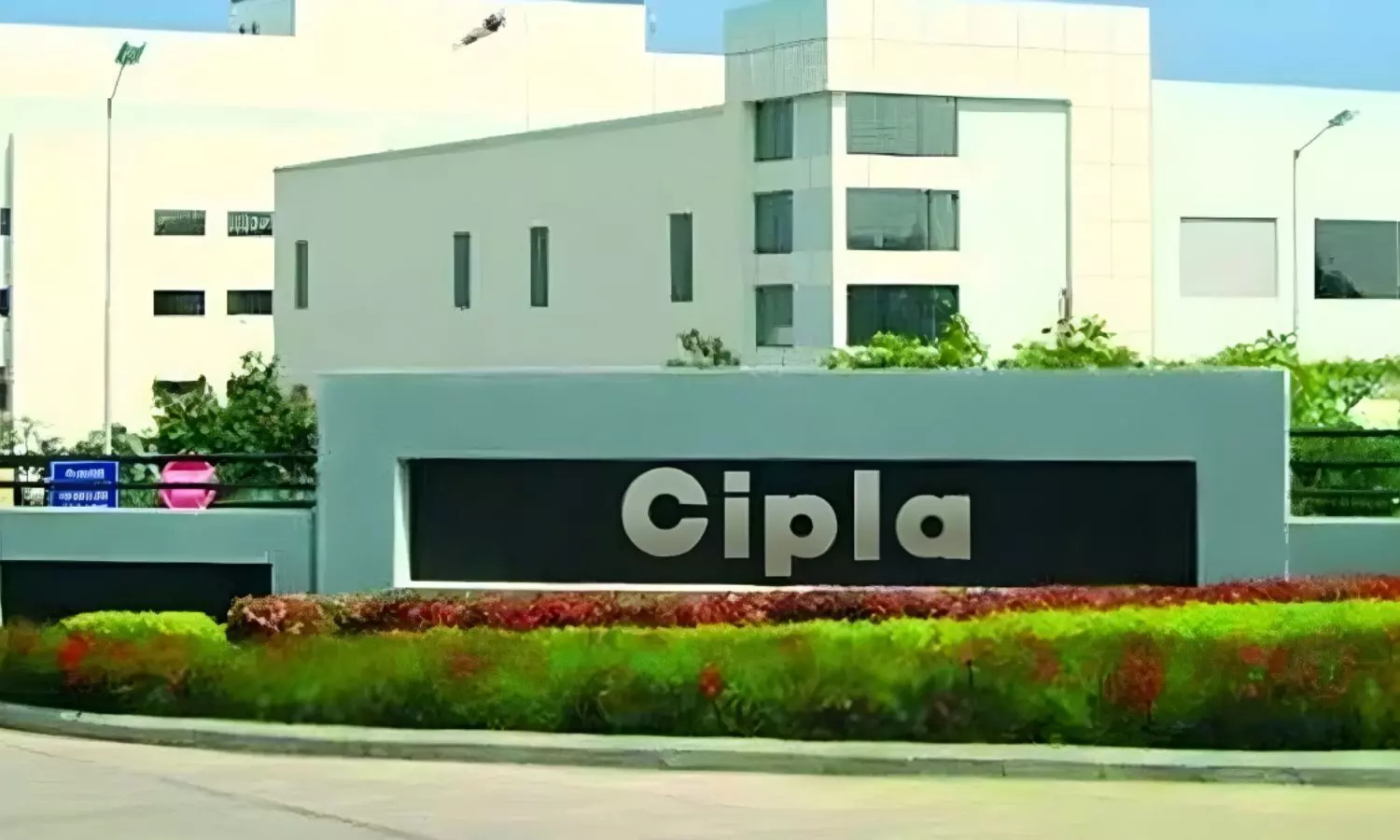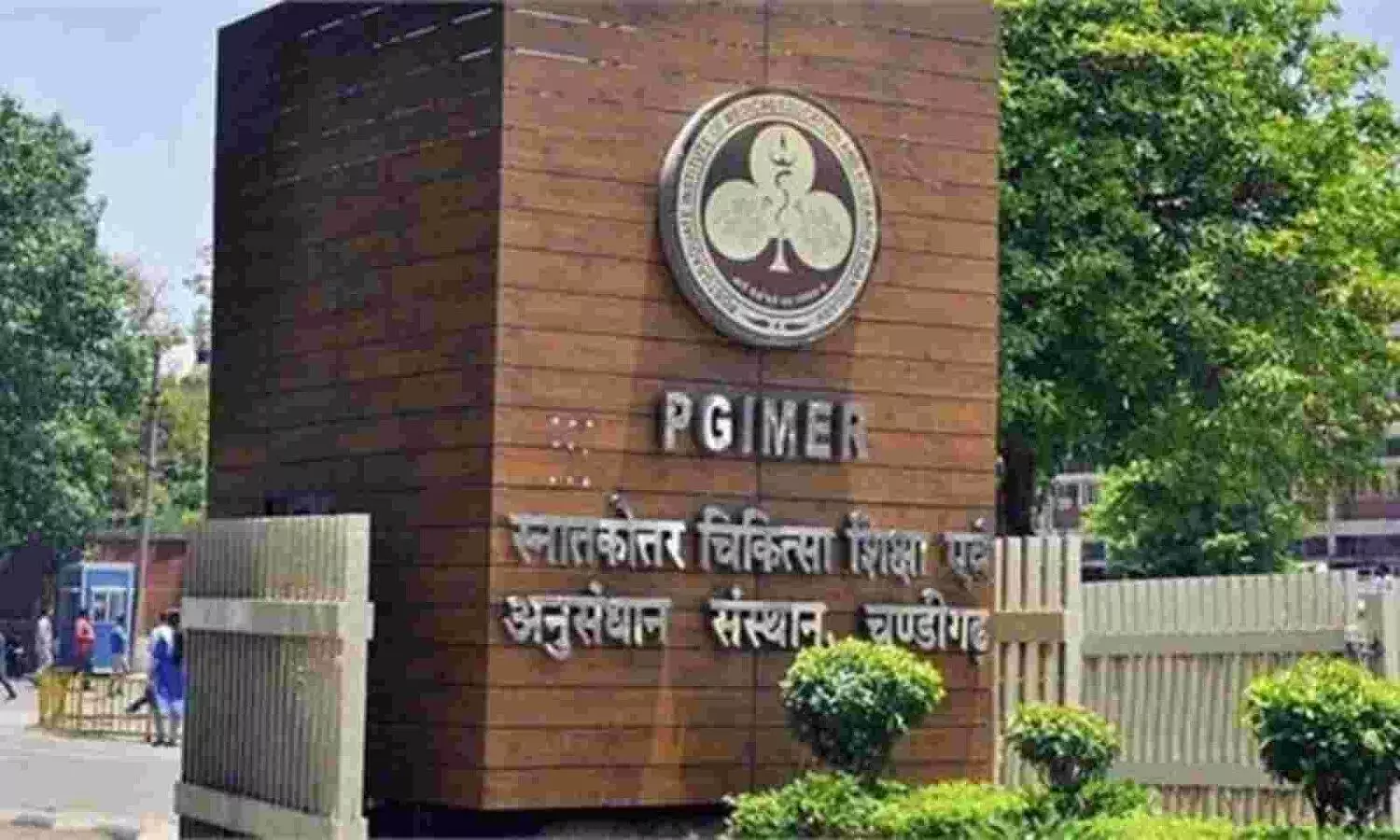Study Flags Antibiotic Overuse in Suspected Sepsis Cases in Emergency Departments

USA: A recent study on suspected sepsis in the emergency department (ED) highlighted the overuse of antibiotics. Among 600 patients, 68.5% had confirmed or probable bacterial infections, yet 79.1% were treated with broad-spectrum antibiotics.
“Within 90 days, 17% developed complications, including 8% with drug resistance. Mortality was notably higher in patients with less likely or no infection (OR 2.25) compared to those with confirmed or probable infections, emphasizing the need for more targeted antibiotic use,” the researchers reported in Clinical Infectious Diseases.
Current treatment guidelines recommend the prompt administration of broad-spectrum antibiotics to all patients with suspected sepsis. While this approach aims to reduce mortality, it may also lead to antibiotic overuse. In light of this concern, Claire N Shappell, Division of Pulmonary and Critical Care Medicine, Department of Medicine, Brigham and Women’s Hospital, Boston, Massachusetts, USA, and colleagues conducted a study to quantify the frequency of antibiotic overtreatment and assess potential antibiotic-associated harms in patients presenting to the emergency department with suspected sepsis.
For this purpose, the researchers reviewed medical records of 600 adult patients who were treated for suspected sepsis with anti-methicillin-resistant Staphylococcus aureus (MRSA) and/or antipseudomonal β-lactam antibiotics in the emergency departments of seven hospitals between 2019 and 2022. They assessed each patient’s likelihood of having had an actual infection in retrospect, evaluated whether narrower-spectrum antibiotics could have been appropriate, and identified potential antibiotic-associated complications. Generalized estimating equations were used to examine the association between infection likelihood and hospital mortality.
The key findings of the study were as follows:
- Among 600 patients treated for suspected sepsis, 411 (68.5%) had either definite (48.0%) or probable (20.5%) bacterial infections.
- The remaining 189 patients (31.5%) had infections that were either less likely (18.3%) or definitely absent (13.2%).
- Of the 411 patients with definite or probable infections, 325 (79.1%) received antibiotics that were broader than necessary in retrospect.
- Antibiotic-associated complications occurred in 104 of 600 patients (17.3%) within 90 days.
- The most common complication was a new infection or colonization with organisms resistant to first-line antibiotics, reported in 48 patients (8.0%).
- Mortality was higher in patients with less likely or no infection compared to those with definite or probable infection (9.0% vs 4.9%; adjusted odds ratio [aOR]: 2.25).
- The rate of antibiotic-associated complications was similar between the two groups (14.8% vs 18.5%; aOR: 0.79).
The study concluded that among 600 patients who received broad-spectrum antibiotics for suspected sepsis, approximately one-third were unlikely to have had a bacterial infection. Even among those with confirmed or probable infections, four out of five were treated with unnecessarily broad regimens in hindsight. Notably, one in six patients experienced antibiotic-associated complications, underscoring the need for more judicious and targeted antibiotic use in emergency settings.
Reference:
Shappell, C. N., Yu, T., Klompas, M., Agan, A. A., DelloStritto, L., Faine, B. A., Filbin, M. R., Mohr, N. M., Park, S. T., Plechot, K., Porter, E., Roach, D., Train, S. E., Zepeski, A., & Rhee, C. Frequency of Antibiotic Overtreatment and Associated Harms in Patients Presenting With Suspected Sepsis to the Emergency Department: A Retrospective Cohort Study. Clinical Infectious Diseases. https://doi.org/10.1093/cid/ciaf118
Powered by WPeMatico




